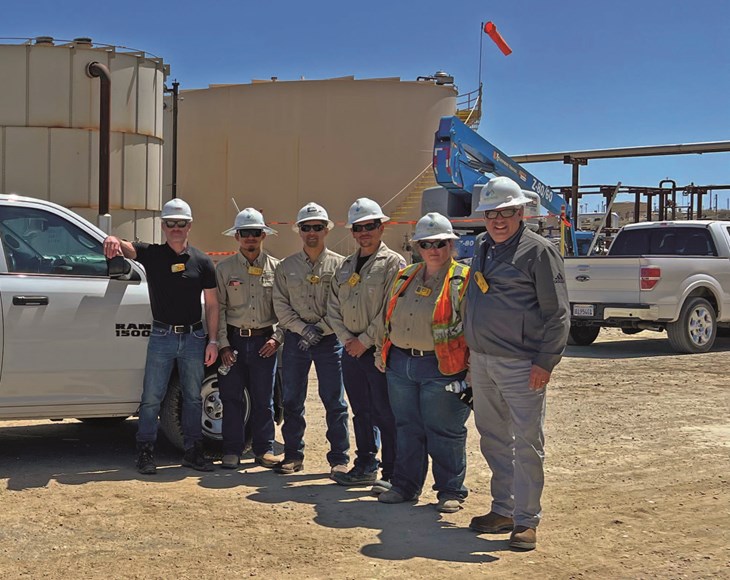The Role of a LDAR Technician
When hiring a new team member, it is essential to pause and take a moment to explore a potential technician’s ‘why,’ in other words, what motivates them. It is also important to ensure that an individual adds to the positive, collaborative culture within an LDAR team, and the company as a whole. This is because of a feedback loop that exists between individual LDAR technicians, and the work culture. Each person contributes to the culture in some way, and the culture can either have a net positive or negative effect on morale and retention. Seeking open-minded people who have ideas on how to make things better for both the client and the company will in turn add to a culture in which everyone feels encouraged to share ideas.
Of course, leadership plays a critical role in culture as well. What is the benefit of hiring a motivated self-starter only to make them feel like another cog in the machine? If a technician feels ‘boxed in’ or limited in their role, then their motivation will dwindle over time, and their drive will compel them to seek positions elsewhere.
A company should invest in its people—from the pay and benefits offered to the opportunities to move up in the company, or expand into lateral areas. This is important because people will in turn invest themselves in solving the problems that clients face. LDAR technicians should have the means and willingness to succeed, and that starts with letting them know they are appreciated. This brings up another important element: Keeping promises made.

Evaluating the impact is important to balance the desire to grow as a company, with the needs of people. If too much strain is put on teams, or their trust is broken to satisfy obligations to a client, over time, teams become less efficient and, ultimately, this is a disservice to both clients and technicians. This is why companies should be realistic about which projects to bid on and which ones to not.
This approach to team building and business expansion leads to long-term success and expansion.
Many leaders see firsthand the value of collaborating with technicians in the field, and have witnessed the power of making individuals feel trusted and appreciated. This ensures that clients get to witness that power for themselves. The LDAR technicians deployed to sites should be highly trained, properly equipped, and encouraged to speak up and empowered to fully invest themselves in solving the problems that clients face.

Expanding Outreach
The key to quantitative success lies in hiring, training, and empowering quality people. Finding driven individuals, preparing them for the field through training provided by experienced technicians, and equipping them to deliver LDAR solutions, is what companies should be striving for. For example, Montrose incorporates Optical Gas Imaging (OGI), vehicle and drone-based technologies, stationary cameras, triangulation and sensors, and customized databases that simplify complex LDAR programs. Additionally, investments made in a company’s people and technologies will allow it to branch out beyond LDAR, and hopefully become an end-to-end provider of all air quality services, with specialty teams for OGI, Method 21, Inventory, Preventative Tank Maintenance, Research and Development, and more. To conclude, when a LDAR team is added to a site, much more than a solution to a single problem is gained; an opportunity to overcome air quality challenges is also achieved.


